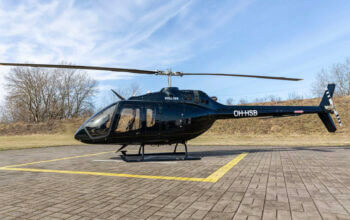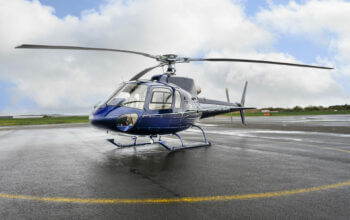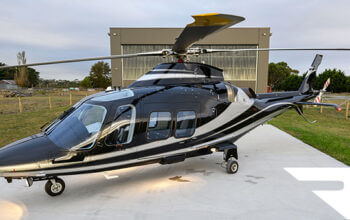Estimated reading time 6 minutes, 1 seconds.
With 24,000 pounds of lift capacity and six hours of fuel, the CH-147F Chinook was built to be a workhorse. But the refrain at the end of recent exercises from tactical aviation commanders and pilots is often the same: the aircraft is an underused asset.

Integrating the CH-147F into the battle rhythm of the Canadian Army so that it is treated more as a manoeuvre element has been an evolving process. Last fall, army leadership directed 2 Canadian Mechanized Brigade Group (CMBG)–the brigade currently in training on what is known as the road to high readiness to be available for deployment anywhere in the world as of this July–to focus on the standard operating procedures (SOPs) for air assault and air mobility.
The brigade, based in Petawawa, Ont., stood up a working group led by 2 CMBG’s chief of staff and comprised of the commander of 450 Tactical Helicopter Squadron (THS), also based in Petawawa, and key members from the brigade’s service battalion, light infantry battalions, and artillery regiment to further refine the SOPs.
“The intent isn’t just for us in 2 Brigade to benefit from this, it is to share it with the other brigades across Canada so that when we go to operate with them the next time, it is not a long learning curve,” said LCol Darryl Adams, commanding officer of 450 THS.
Those SOPs were put to the test once again during Exercise Unified Resolve in Kingston earlier this month. The army’s largest computer-assisted training exercise, Unified Resolve certifies the command and control capabilities of the Brigade headquarters and key subordinate units such as the service battalion and the engineering and artillery regiments, confirming their ability to plan and conduct missions.
The tactical aviation detachment headquarters and its subordinate units won’t receive their certification until early June in a large, live exercise known as Maple Resolve in Wainwright, Alta. But the simulated training offered the squadron’s leadership an opportunity to continue advancing air-land integration.
Among the Royal Canadian Air Force’s key objectives for the exercise were operating in a deployed tactical operations centre with the army’s communications network, known as the Land Command Support System; integrating operational functions at the unit level; integrating the helicopters into army missions; rehearsing and refining the SOPs; and planning and executing tactical aviation missions such as reconnaissance, security, and mobility.
But because the tactical aviation detachment, known as Task Force Viking, was part of an aviation brigade under a multinational division headquarters (played in the exercise by 1 Canadian Division), the “effects” such as mobility, reconnaissance or sustainment that could be delivered by its compliment of Chinooks and CH-146 Griffons had to be requested up through the command chain by 2 Brigade.
As in previous exercises, those requests were not as frequent as the Chinook crews would have liked.
“They could have used us a lot more,” one member of the tactical aviation headquarters staff told Skies.
Because the Chinooks offer so much lift and carrying capacity, tactical aviators on Maple Resolve 2016 argued it should be working non-stop to support the service battalion, ferrying large loads of equipment, supplies and people across the battle space.
Col Maurice “Moe” Poitras, head of formation training for the Canadian Manoeuvre Training Centre in Wainwright and the exercise director for Unified Resolve, observed that because coalition vehicles were readily available in the simulation, there may have been less demand for sustainment by air from 2 CMBG.
Adams said sustainment will likely be the next area of focus for the brigade’s tactical aviation working group. “That is the next bound in our planning and integration plan: how do we optimize the aircraft to be able to sustain the folks that are fighting, as well as to get them to the places they need to go rapidly,” he said. “We understand that we have to do better then we have in the past. Last year, we sent three aircraft to Wainwright because the focus was more on air assault than sustainment; [but] they were under-utilized, we flew a lot less than we had planned.”
Utilizing the full capability of the Griffons and Chinooks is still a work in progress, but air-land integration continues to advance in leaps and bounds. Unified Resolve was an opportunity to demonstrate to air force and army leadership the “the level of integration that we have achieved,” said Adams, who was deployed to Afghanistan in 2009 when the D-model Chinooks were introduced into theatre.
“I don’t think that has been seen to this level previously. Rather than just being a vehicle to get the [army] from A to B, we are now part of the plan from the get-go. We have our input, we are a key advisor for the commander, and one of his manoeuvre units on the battlefield, which is a big step.”








